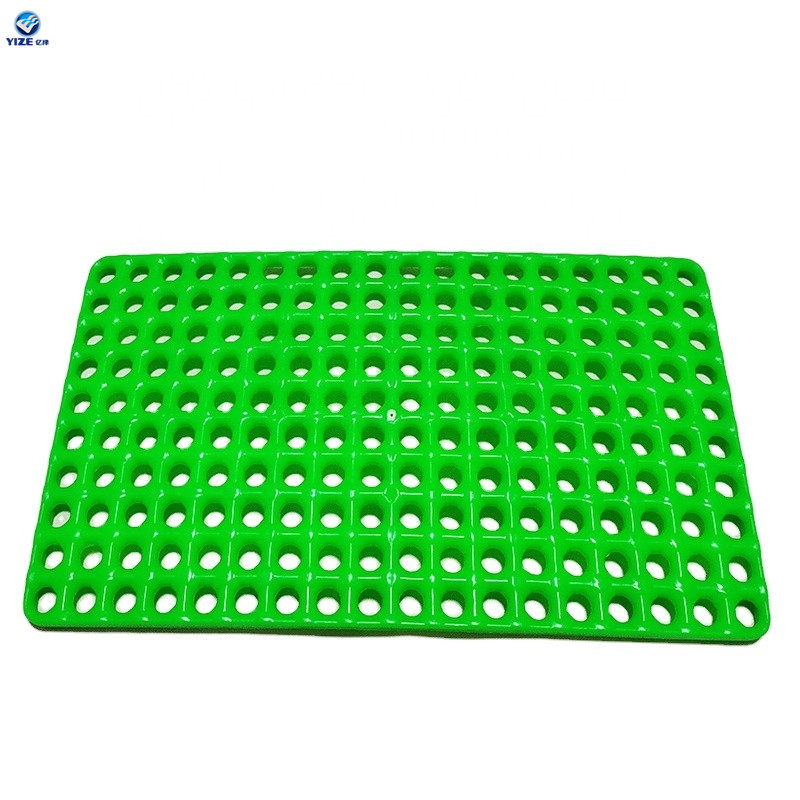pig farrowing pen
Dec . 12, 2024 15:58 Back to list
pig farrowing pen
The Importance of Design in Pig Farrowing Pens
Farrowing pens are an essential component of pig farming, providing a secure and comfortable environment for sows during the critical period of giving birth and caring for their piglets. The design and management of these pens significantly impact the health, welfare, and productivity of both sows and piglets. In this article, we will explore the key features of effective pig farrowing pen designs and their benefits to modern pig farming.
Comfort and Safety
One of the primary goals of a pig farrowing pen is to ensure the comfort and safety of the sow and her piglets. A well-designed farrowing pen typically includes adequate space for the sow to lie down comfortably while also allowing room for her piglets to move around safely. The pen should be spacious enough to prevent the sow from accidentally crushing her young ones, a common risk in cramped conditions.
The layout of the pen often consists of a solid base with enough room for a nesting area, where the sow can prepare for farrowing. Providing soft bedding materials like straw or sawdust enhances comfort and allows for natural behaviors, such as nesting, which are crucial for the emotional well-being of the sow.
Temperature Control
Temperature regulation is another vital aspect of farrowing pen design. Newborn piglets are particularly vulnerable to cold stress, as they cannot regulate their body temperature efficiently in the first few days of life. Effective farrowing pens often include heating elements, such as heat lamps or electrical mats, to maintain an optimal temperature of around 35°C (95°F) for the piglets. This ensures their survival and promotes healthy growth during the initial stages of life.
Hygiene and Ease of Management
pig farrowing pen

Hygiene plays a critical role in preventing disease outbreaks within pig populations. Farrowing pens must be designed for easy cleaning and disinfection. Smooth, non-porous surfaces are ideal, as they minimize the retention of waste and make sanitation efforts more effective. Additionally, pens with slatted floors can aid in waste management by allowing feces to drop through, reducing the risk of contamination and promoting a healthier environment for the sow and her piglets.
Efficient management practices can be facilitated by incorporating features such as removable panels or sections within the pen. This allows for easier access to the sow and piglets during monitoring and care routines, ensuring that farmers can respond swiftly to any health concerns.
Social Interaction and Stress Reduction
Providing appropriate social interaction is crucial for the welfare of sows during their farrowing period. While some farms may prefer individual pens to avoid aggressive behavior among sows, other farms have successfully utilized group housing systems, allowing sows to interact while still maintaining the safety of the piglets. Each system has its pros and cons, and the choice ultimately depends on the goals of the farm, available resources, and management practices.
The Economic Impact
Investing in well-designed pig farrowing pens can have significant economic benefits. Improved sow welfare leads to better productivity, including a higher number of piglets weaned per litter, reduced mortality rates, and healthier piglets that require fewer veterinary interventions. By enhancing the overall effectiveness of pig production systems, farmers can optimize their operations and increase profitability.
Conclusion
In conclusion, the design of pig farrowing pens is a critical aspect of modern pig farming that directly influences animal welfare and farm productivity. A carefully designed pen that prioritizes comfort, safety, hygiene, and social interaction can lead to healthier sows and more productive litters. As the industry continues to evolve, embracing innovative designs and management practices will be key to meeting the demands of a growing global population while ensuring sustainable and humane pig farming practices. By investing in the welfare of their animals, farmers not only foster a better environment for their livestock but also improve their bottom line.
-
Hot Sale 24 & 18 Door Rabbit Cages - Premium Breeding Solutions
NewsJul.25,2025
-
Automatic Feeding Line System Pan Feeder Nipple Drinker - Anping County Yize Metal Products Co., Ltd.
NewsJul.21,2025
-
Automatic Feeding Line System Pan Feeder Nipple Drinker - Anping County Yize Metal Products Co., Ltd.
NewsJul.21,2025
-
Automatic Feeding Line System - Anping Yize | Precision & Nipple
NewsJul.21,2025
-
Automatic Feeding Line System - Anping Yize | Precision & Nipple
NewsJul.21,2025
-
Automatic Feeding Line System-Anping County Yize Metal Products Co., Ltd.|Efficient Feed Distribution&Customized Animal Farming Solutions
NewsJul.21,2025






